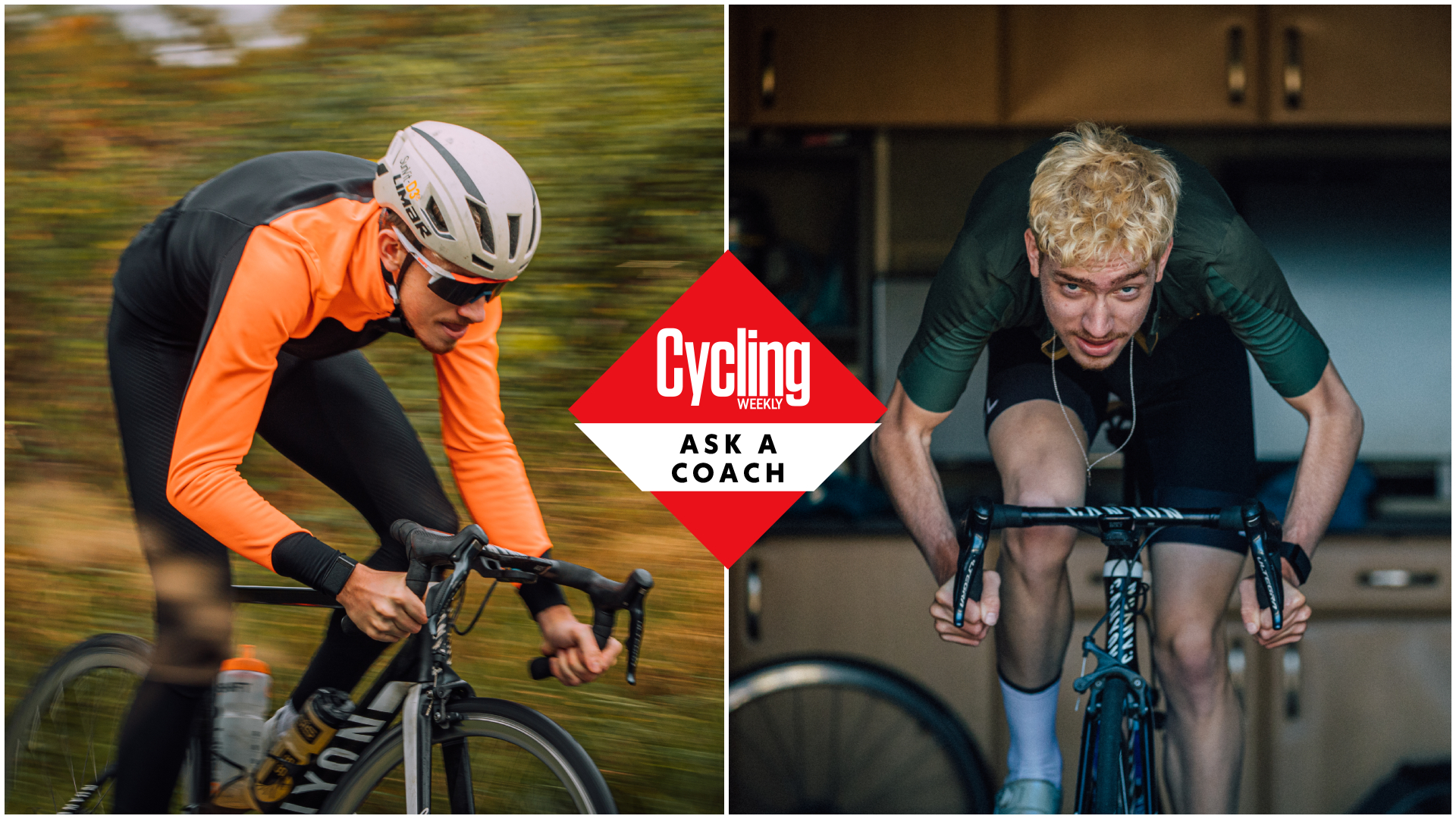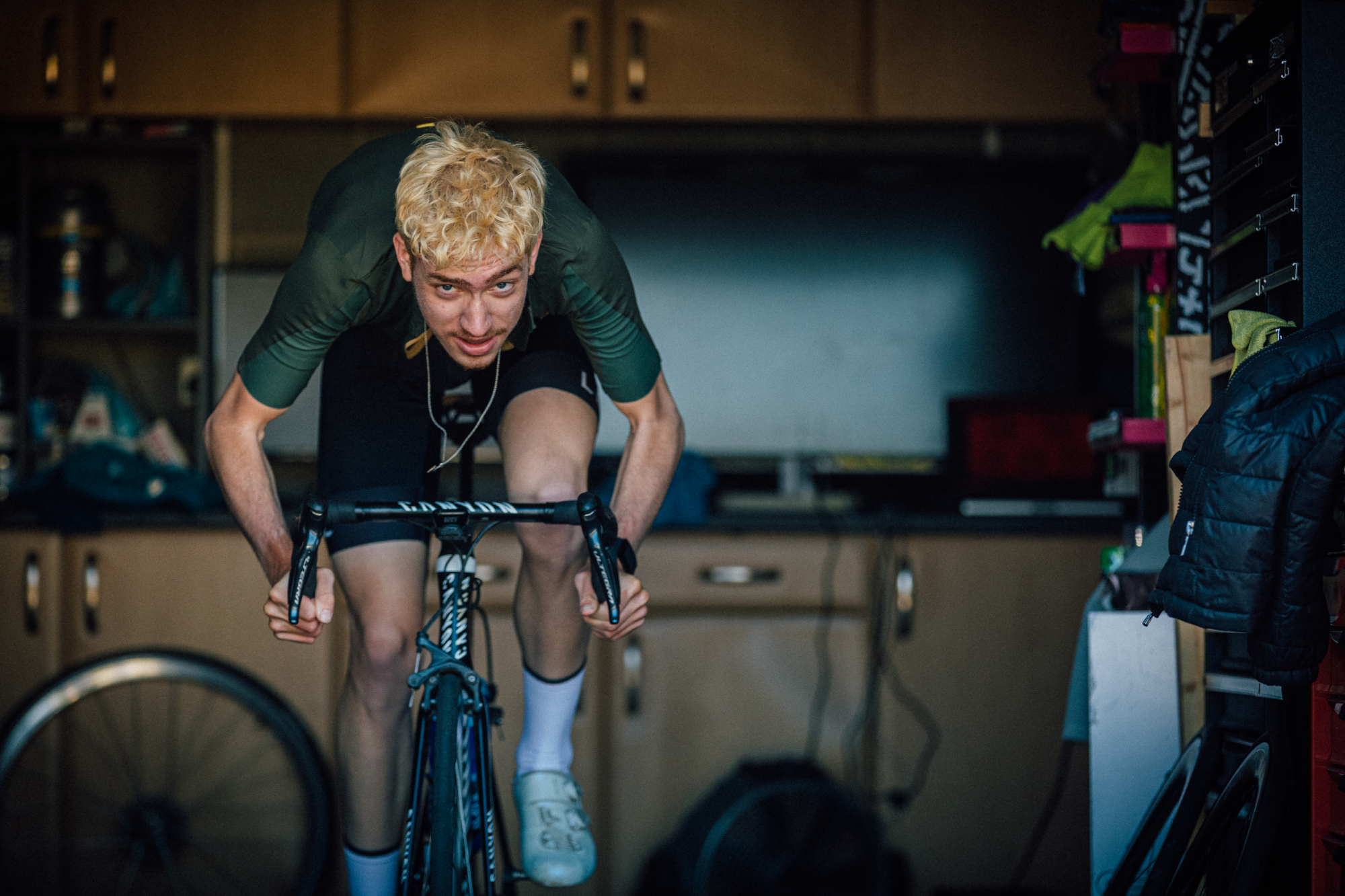Ask a coach: ‘Is there a difference between the number of calories you’d burn indoors versus outdoors for a comparable effort?’
We break down the numbers on cycling and calorie expenditure – but, sadly, there is no such thing as a free lunch in biomechanics


Do you ever find yourself with a burning question you’d like to directly ask a cycling coach? Well, now is your chance to ask away! In this series, we’ll be putting your questions to expert coaches – send them in to Cycling Weekly's Fitness Features Editor at anna.abram@futurenet.com
If you are looking to lose a little weight – which let’s face it with Christmas just around the corner is a situation we all might find ourselves in pretty soon – is it better to ride on the turbo or outside?
Sports scientist James Spragg unpacks why it probably doesn’t matter…

Sports scientist and coach James Spragg is one of the experts who will be answering your questions in Cycling Weekly's ASK A CYCLING COACH series which comes out every Wednesday. Working both in research and applied settings, he currently runs Intercept Performance Consultancy.
Exercise Economy
A watt is a watt – if you are producing a given number of watts then you are producing a fixed amount of energy (or joules) per second. After 1 watt is simply 1 joule per second. However, the values we get from our power meters only reflect the external amount of power we are producing. It doesn’t tell us how much energy our bodies are having to burn to produce those watts at the pedal.
This is where the concept of exercise economy comes in. Exercise economy can be thought of a little like the miles per gallon of a car. Some athletes are very efficient and can produce lots of power with a relatively little amount of fuel, whereas others (and I include myself in this category) need a lot of fuel to produce very few watts. Exercise physiologists typically measure this in a lab by assessing how much oxygen an athlete is using, calculating the potential energy in that oxygen when ‘burned’ with carbs and fats and then comparing that to how much power that athlete is putting out. Typically, we see values of around 20 to 25 per cent.

Interestingly most indoor training apps, to make it easy, use a value of 25 per cent as this allows them to easily equate calories burned and kilojoules of work done on the bike given that there are roughly 4 kilojoules in 1 kilocalorie. Putting aside the shoddy maths, the rest of the energy being burned is turned into heat; us humans are actually a lot better at turning oxygen and fuel into heat than into power outputs.
Get The Leadout Newsletter
The latest race content, interviews, features, reviews and expert buying guides, direct to your inbox!
Nevertheless exercise economy is a crucial part of performance. If an athlete can produce more power with the same amount of oxygen then they will go faster – this is because the amount of oxygen we can take in and use is capped (this is your VO2max) and we can only maintain a given percentage of VO2max for a prolonged period. However, I have digressed slightly.

To burn more calories in the same session you would need to be less efficient. More fuel in, same amount of power out. However, exercise economy is quite stable. Athletes spend years and years training to get even a 1 per cent increase. Therefore, the differences between riding indoors on the turbo trainer and outside on the road are likely to be very minor.
Exercise economy can however change with temperature. As I mentioned before, we humans are very good at producing heat. And that heat needs to be dissipated so we don’t overheat. The additional blood flow to the skin to facilitate this may mean that you need to work slightly harder indoors on a hot day than outdoors on a cool day. However, typically, athletes are also a tiny bit more efficient in the heat compared to cold conditions – this was one of the most interesting findings of the data published on Chris Froome. Therefore, any extra work is probably offset by a slight increase in exercise economy.
All in all, there is probably very little difference in the number of calories you will burn inside compared with outside. So, sorry to break the bad news but riding on the turbo won’t help you lose weight cycling. You’d be far better off going easy on the mince pies instead.

Thank you for reading 20 articles this month* Join now for unlimited access
Enjoy your first month for just £1 / $1 / €1
*Read 5 free articles per month without a subscription

Join now for unlimited access
Try first month for just £1 / $1 / €1
James Spragg is a sports scientist and coach, working both in research and applied settings. When not working with athletes James can be found skiing, climbing, cycling or drinking coffee!
Alongside Dan Lorang and Peter Leo, James runs Intercept Performance Consultancy. Over the last 8 years in various roles, as coaches, performance consultants, performance managers, and sports scientists, Dan, James and Peter have played a role in helping athletes achieve more than 10 World Championship titles, several Olympics medals (including a Gold and Silver Medal in Tokyo 2020) and several Top 5 results in some of the biggest sporting events on the planet (Tour de France, Olympics, World and European Championships). Our single focus is on improving performance in all settings.
-
 'This is the marriage venue, no?': how one rider ran the whole gamut of hallucinations in a single race
'This is the marriage venue, no?': how one rider ran the whole gamut of hallucinations in a single raceKabir Rachure's first RAAM was a crazy experience in more ways than one, he tells Cycling Weekly's Going Long podcast
By James Shrubsall
-
 Full Tour of Britain Women route announced, taking place from North Yorkshire to Glasgow
Full Tour of Britain Women route announced, taking place from North Yorkshire to GlasgowBritish Cycling's Women's WorldTour four-stage race will take place in northern England and Scotland
By Tom Thewlis